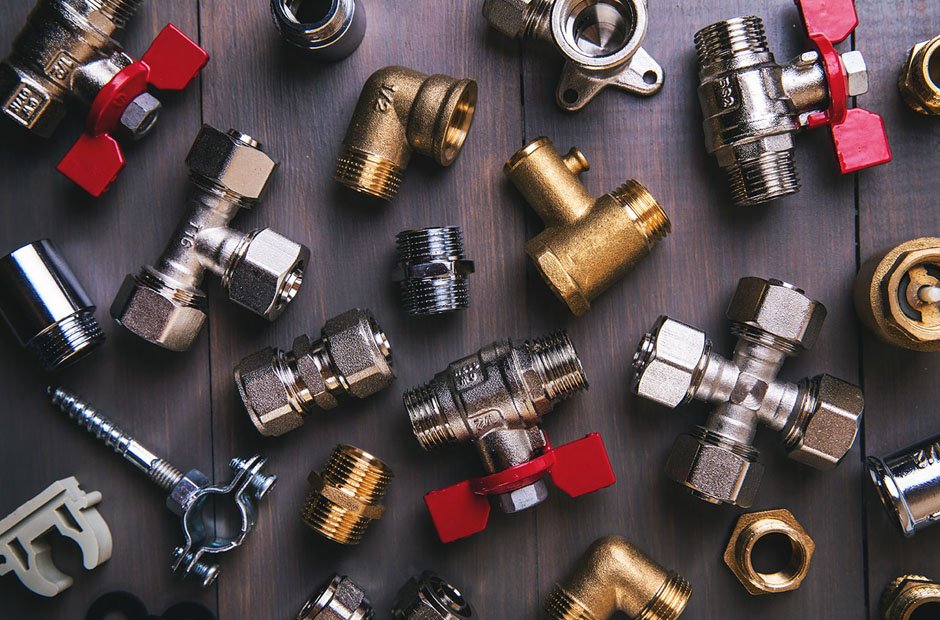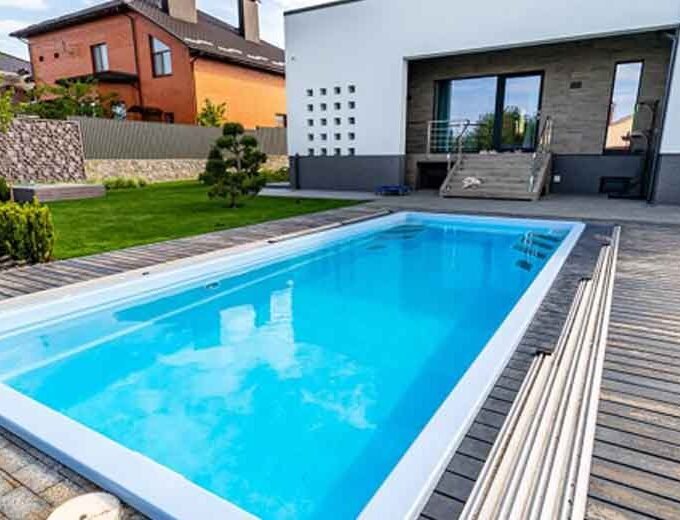Discover plumbing and HVAC systems with our guide on choosing the right fittings and connectors for efficient performance.
In the world of home repairs and construction, plumbing and HVAC systems are like the unsung heroes. They work tirelessly behind the scenes, ensuring our homes stay warm, comfortable, and in working order. But what happens when these systems encounter hiccups? Choosing the right fittings and connectors can make all the difference. This blog post will walk you through the essentials of understanding plumbing and HVAC systems, helping you make informed decisions when selecting the appropriate fittings and connectors.
Why Fittings and Connectors Matter
Fittings and connectors may seem like small components in the grand scheme of plumbing and HVAC systems, but they play a crucial role in ensuring everything functions smoothly. The correct fittings ensure proper connections, prevent leaks, and maintain the efficiency of the system. For instance, a loose or incorrectly sized connector can lead to water leakage or air seepage, resulting in inefficiencies and higher utility bills. By understanding the importance of choosing the right components, you’ll be better equipped to handle any maintenance or repair tasks that come your way.
Types of Plumbing Fittings Explained
Plumbing fittings come in various shapes and sizes, each designed for specific functions. Common types include elbows, tees, couplings, and reducers. Elbows are used to change the direction of the pipe, while tees allow you to branch off in a new direction. Couplings are essential for connecting two pipes, and reducers help transition from one pipe diameter to another. When selecting fittings, consider the type of material your pipes are made from, such as copper, PVC, or PEX, as this will influence the type of fitting you need.
Understanding HVAC Connectors
In HVAC systems, connectors are crucial for joining different components together, ensuring smooth airflow and temperature regulation. Duct connectors, for example, are used to join sections of ductwork, while flange connectors provide a secure seal between ducts and other components. When choosing HVAC connectors, it’s essential to consider factors such as the size and shape of the ductwork, as well as the type of materials used. Properly fitting connectors help maintain energy efficiency and prevent air leaks.
Materials Matter
The materials used in plumbing and HVAC fittings and connectors can significantly impact their performance and longevity. Common materials include brass, copper, PVC, and stainless steel. Each material has its advantages and drawbacks; for example, brass is resistant to corrosion, while PVC is lightweight and easy to install. When selecting fittings and connectors, consider factors such as durability, cost, and compatibility with your existing system components to make the best choice for your needs.
Custom Injection Molding in Fittings
In some cases, standard fittings and connectors may not meet your specific requirements. This is where custom injection molding comes into play. Custom injection molding allows for the creation of unique, tailor-made components designed specifically for your plumbing or HVAC system. By opting for custom fittings, you can ensure a perfect fit, improved performance, and increased system longevity, ultimately saving time and money on future repairs.
Installation Tips for DIY Enthusiasts
For those who enjoy tackling home improvement projects, installing plumbing and HVAC fittings can be a rewarding experience. However, it’s essential to follow a few key steps to ensure a successful installation. First, always measure and cut your pipes or ducts accurately, as precision is crucial for a secure fit. Next, clean and prepare the surfaces to be joined, removing any dirt or debris that could compromise the connection. Finally, use the appropriate tools and techniques for tightening fittings and connectors, ensuring a leak-free and efficient system.
Signs It’s Time to Replace Fittings
Over time, even the best quality fittings and connectors may need replacement due to wear and tear. Common signs that it’s time for a replacement include leaks, rust, and reduced system efficiency. Regularly inspect your plumbing and HVAC systems for any visible signs of damage or deterioration. By addressing issues early on and replacing worn components, you can prevent more significant problems down the line and maintain optimal system performance.
The Role of Professional Assistance
While DIY projects can be fulfilling, there are times when it’s best to call in the professionals. If you’re unsure about the type of fittings or connectors needed for your system or if you’re dealing with complex installations, seeking professional assistance can save you time and potential headaches. Experienced technicians have the knowledge and skills to ensure your plumbing and HVAC systems run smoothly, providing peace of mind and long-lasting results.
Saving Money and Energy with the Right Fittings
Selecting the appropriate fittings and connectors for your plumbing and HVAC systems can lead to significant cost and energy savings. Properly fitting components prevent leaks, reduce energy consumption, and enhance overall system efficiency. By investing time and effort in selecting the right fittings, you’ll enjoy lower utility bills and a reduced environmental impact, making it a win-win situation for both your wallet and the planet.
Expanding Your Knowledge
Continually expanding your knowledge of plumbing and HVAC systems, including fittings and connectors, can empower you to make informed decisions and tackle any issues with confidence. Stay updated on industry trends and advancements by attending workshops, reading industry publications, or engaging with online forums. The more you learn, the better equipped you’ll be to maintain your home’s essential systems and potentially take on more advanced projects in the future.
A Final Word on Choosing Fittings and Connectors
In conclusion, understanding the intricacies of plumbing and HVAC fittings and connectors is essential for maintaining efficient and reliable systems. By considering factors such as material, size, and compatibility, you can select the best components for your needs and enjoy the benefits of a well-functioning home. Whether you’re a DIY enthusiast or prefer to rely on professional assistance, keeping these tips in mind will ensure your plumbing and HVAC systems run smoothly for years to come.
















